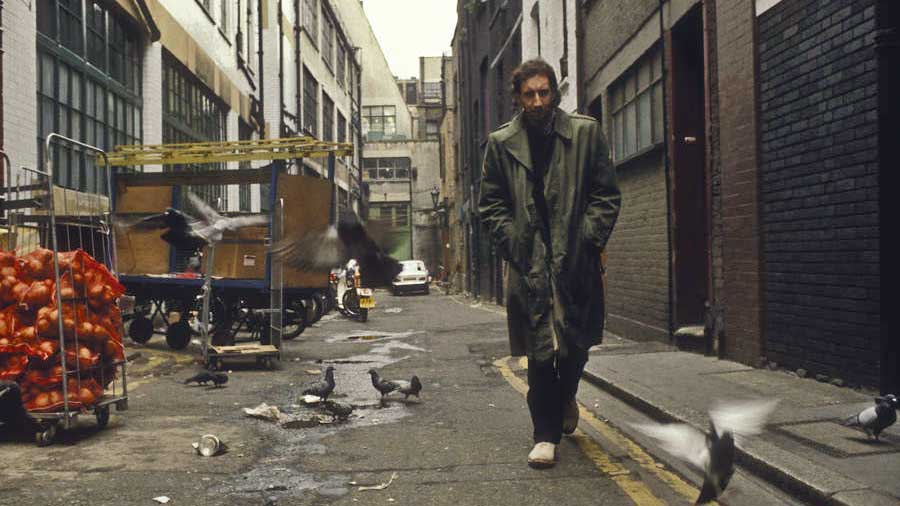In early 1977, took to see Generation X at the Marquee Club. “It was my first punk concert,” Townshend recalled in 2019. “Keith had had the courage to go [to punk gigs], and I’d never had the courage to go.
I think when the punk movement came along, it wasn’t their mission to conquer, but to destroy. And they did. But I loved the punk movement, because that’s what I wanted The Who to be.

I wanted The Who to last six months then disappear, so I could go back to art school and have a decent life. “At the show, I remember thinking: ‘Wow, this is what we used to do. And they’re doing it again.
They’re not doing it quite as well as we did it, but they’re doing it really, really well, and they’re young.” But the spikes-and-safety-pins crowd didn’t share Townshend’s qualified response. “They were spitting on us,” Townshend told .
“It felt like we were doomed.” When punk met Townshend, then a godfatherly 31, it set him spinning into a turbulent phase full of cocaine, booze and marital strife. “I began seeing myself as a party man, an honorary senior punkplayboy-cum-elder statesman,” he wrote in his autobiography .
But ultimately it resulted in , the most enduring of his solo albums, which 40 years on measures up to even and . Punk also made Townshend reassess the state of . Since playing that same Marquee club for the first time, in 1964, they had become, along with and , one of the biggest bands in the world.
Or in 1976 parlance, a dinosaur..
















